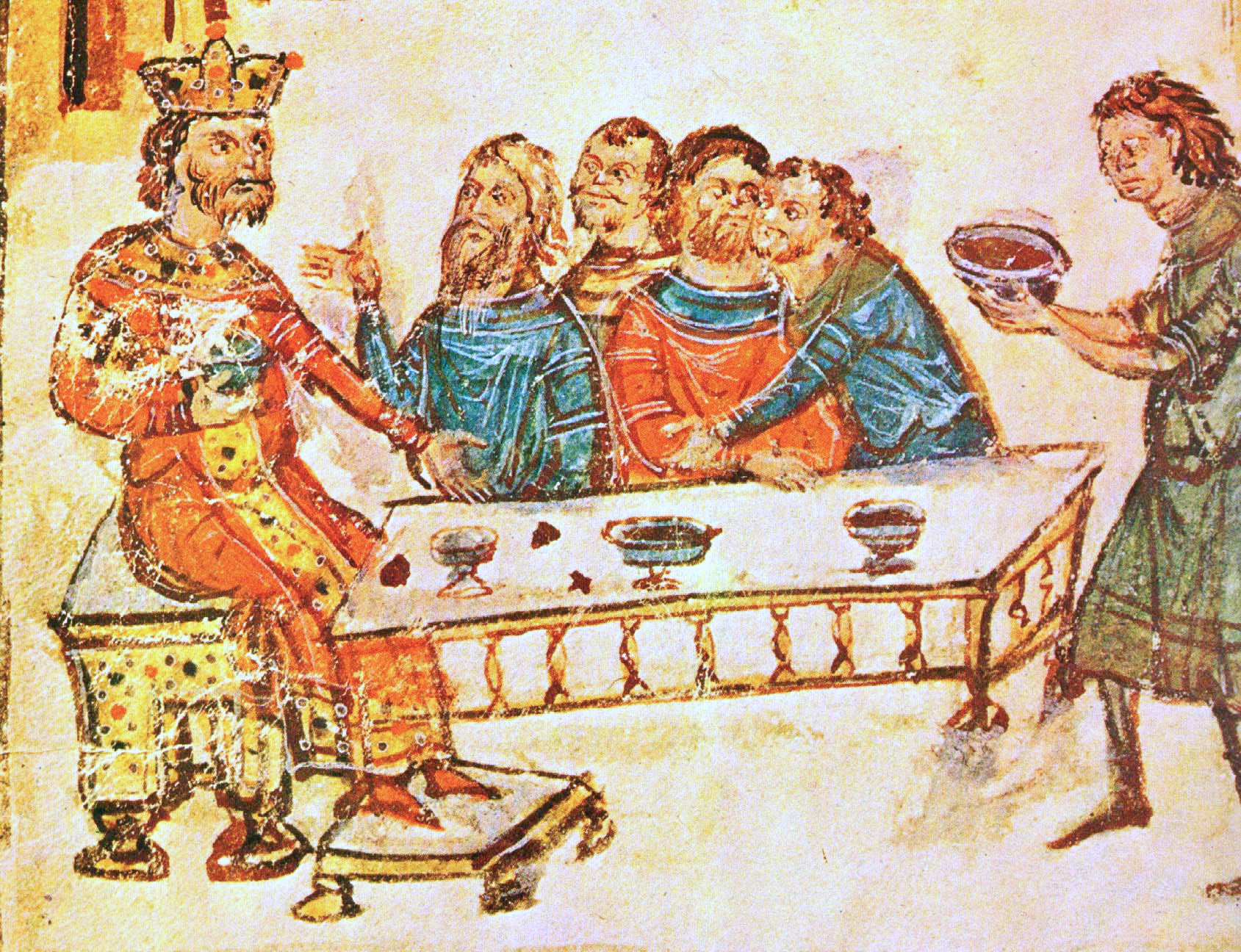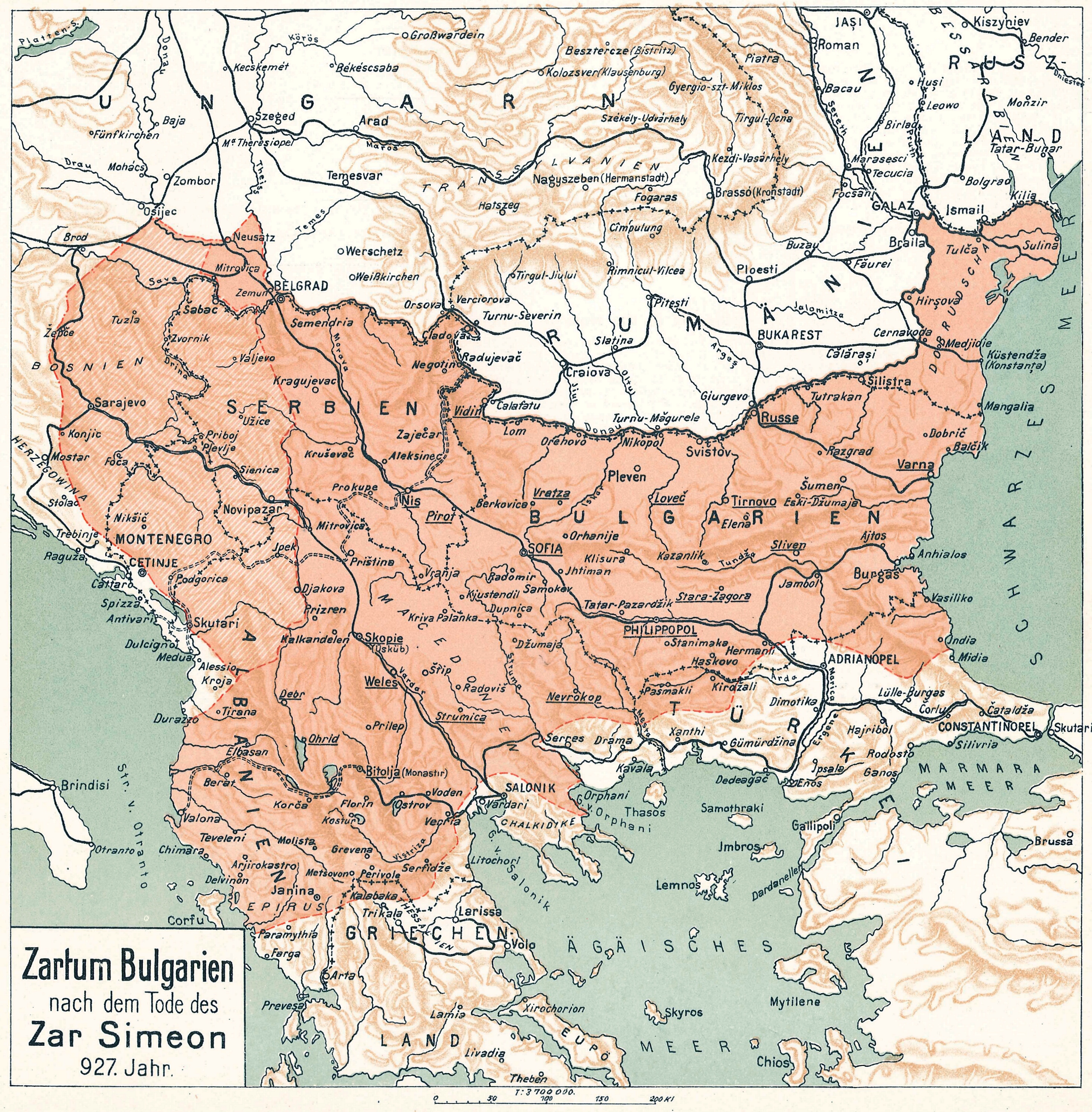|
Ganos
Ganos (Greek: Γάνος), now known as Gaziköy, is a neighbourhood of the municipality and district of Şarköy, Tekirdağ Province, Turkey. Its population is 372 (2022). It is a historically important town, located on the Sea of Marmara, beneath the namesake Mount Ganos. It was known for its wine production. The wine was exported via the town's harbor and shipped throughout the Byzantine Empire and internationally. Although Ganos's wine trade declined under the Ottoman Empire, it continued to serve a more local market. The town was also a center of ceramics production through the late Ottoman period, especially during the 19th century. Various ruins now mark the site of the old town, including traces of fortifications and several kilns. There were previously several old churches as well, but only the buildings' foundations are still extant. The present village of Gaziköy is located below the old town's acropolis. The ancient site of Serrion Teichos may have been at or near ... [...More Info...] [...Related Items...] OR: [Wikipedia] [Google] [Baidu] |
Mount Ganos
Mount Ganos (), today known as Işıklar Dağı in Turkish, is a mountain in eastern Thrace, on the European side of modern-day Turkey. It rises up from the western shore of the Sea of Marmara. The mountain was home to Christian monks and ascetics during the Byzantine period. Byzantine Christian monks and clergymen who lived on the mountain included Patriarch Athanasius I of Constantinople and Maximos of Kafsokalyvia. Geography Mount Ganos is basically a small mountain range that runs northeast-southwest at an approximately 70° angle. Its length in this direction is about 35 km, its width ranges from about 8 to 11 km, and its summit is 924 m above sea level. On the north side, Mount Ganos rises abruptly from the Thracian plain. To the east is the Sea of Marmara, where the northern edge of the undersea Tekirdağ Basin also rises up sharply to form Mount Ganos's eastern flank. The mountain's southwestern end falls away steeply toward the Gulf of Saros, with th ... [...More Info...] [...Related Items...] OR: [Wikipedia] [Google] [Baidu] |
Şarköy
Şarköy is a municipality and district of Tekirdağ Province, Turkey Turkey, officially the Republic of Türkiye, is a country mainly located in Anatolia in West Asia, with a relatively small part called East Thrace in Southeast Europe. It borders the Black Sea to the north; Georgia (country), Georgia, Armen .... Its area is 487 km2, and its population is 33,466 (2022). It is a seaside town on the north coast of the Marmara Sea in East Thrace. Şarköy is 86 km west of the town of Tekirdağ, and can be reached either by the inland road or by the winding coast road, which goes on to Gallipoli. The mayor is Alpay Var ( CHP). History Stone-age weapons and implements have been found in the villages of Kızılca Terzi, Fener Karadutlar and Sofuköy. Bronze Age artefacts from 1200 BC have been found in İğde Bağları (Araplı), showing that mining took place here and also that there were trading links between Thrace and the Aegean coast. Greek colonies were f ... [...More Info...] [...Related Items...] OR: [Wikipedia] [Google] [Baidu] |
Serrion Teichos
Serrion Teichos () or Serreion Teichos (Σέρρειον τεῖχος) was a Greek city in ancient Thrace, located in the region of the Propontis. It was a member of the Delian League and appears in tribute lists of Athens between 428/7 and 418/7 BCE. It later bore the name of Ganus or Ganos (Γάνος or Γᾶνος). It is under this name that the town is mentioned by geographers and historians, as a noted mountain fortress of Thrace. Its site is near the modern Ganos, Turkey. See also *Greek colonies in Thrace Greek may refer to: Anything of, from, or related to Greece, a country in Southern Europe: *Greeks, an ethnic group *Greek language, a branch of the Indo-European language family **Proto-Greek language, the assumed last common ancestor of all kno ... References Greek colonies in Thrace Ancient Greek archaeological sites in Turkey Archaeological sites in the Aegean region Populated places in ancient Thrace Former populated places in Turkey Members o ... [...More Info...] [...Related Items...] OR: [Wikipedia] [Google] [Baidu] |
Tekirdağ
Tekirdağ () is a city in northwestern Turkey. It is located on the north coast of the Sea of Marmara, in the region of East Thrace. The city forms the urban part of the Süleymanpaşa district, with a population of 186,421 in 2022. Tekirdağ is a commercial centre with a harbour for agricultural products (the harbour is being expanded to accommodate a new rail link to the main freight line through Thrace). It is also home to Martas and the BOTAŞ Terminal, both of them important for trade activities in the Marmara Region. The town's best known product remains Tekirdağ rakı although it is also known for its cherries, celebrated with a festival every June. The proximity of the Greek and Bulgarian borders means that there are honorary consulates for both countries in Tekirdağ. Ferries from Tekirdağ sail to the nearby Marmara Islands during the summer. The nearest airport is Tekirdağ Çorlu Airport (TEQ) although there are many more flights to Istanbul Airport (IST). ... [...More Info...] [...Related Items...] OR: [Wikipedia] [Google] [Baidu] |
Hierocles (author Of Synecdemus)
Hierocles (Greek: Ἱεροκλῆς ''Hierokles'') was a Byzantine geographer of the sixth century and the attributed author of the ''Synecdemus'' or ''Synekdemos'', which contains a table of administrative divisions of the Byzantine Empire and lists of the cities of each. The work is dated to the reign of Justinian but prior to 535, as it divides the 912 listed cities in the Empire among 64 Eparchies. The ''Synecdemus'' is thus one of the most invaluable monuments which we have to study the political geography of the sixth century East. The work of Hierocles along with that of Stephanus of Byzantium were the principal sources of Constantine VII's work on the Themes (''De Thematibus''). Hierocles was published by Parthey (Hieroclis Synecdemus; Berlin, 1866) then in a corrected text, by A. Burckhardt in the Teubner seriesHieroclis Synecdemus; Leipzig, 1893. The most recent major publication was by E. Honigmann (''Le Synekdèmos d'Hiéroklès et l'opuscule géographique de George ... [...More Info...] [...Related Items...] OR: [Wikipedia] [Google] [Baidu] |
Polis
Polis (: poleis) means 'city' in Ancient Greek. The ancient word ''polis'' had socio-political connotations not possessed by modern usage. For example, Modern Greek πόλη (polē) is located within a (''khôra''), "country", which is a πατρίδα (patrida) or "native land" for its citizens. In ancient Greece, the polis was the native land; there was no other. It had a constitution and demanded the supreme loyalty of its citizens. χώρα was only the countryside, not a country. Ancient Greece was not a sovereign country, but was territory occupied by Hellenes, people who claimed as their native language some dialect of Ancient Greek. Poleis did not only exist within the area of the modern Republic of Greece. A collaborative study carried by the Copenhagen Polis Centre from 1993 to 2003 classified about 1,500 settlements of the Archaic and Classical ancient-Greek-speaking population as poleis. These ranged from the Caucasus to Southern Spain, and from Southern Russia to ... [...More Info...] [...Related Items...] OR: [Wikipedia] [Google] [Baidu] |
Constantine Porphyrogennetos
Constantine VII Porphyrogenitus (; 17 May 905 – 9 November 959) was the fourth Byzantine emperor of the Macedonian dynasty, reigning from 6 June 913 to 9 November 959. He was the son of Emperor Leo VI and his fourth wife, Zoe Karbonopsina, and the nephew of his predecessor Alexander. Most of his reign was dominated by co-regents: from 913 until 919 he was under the regency of his mother, while from 920 until 945 he shared the throne with Romanos Lekapenos, whose daughter Helena he married, and his sons. Constantine VII is best known for the '' Geoponika'' (τά γεοπονικά), an important agronomic treatise compiled during his reign, and three, perhaps four, books; (bearing in Greek the heading Πρὸς τὸν ἴδιον υἱὸν Ῥωμανόν), (Περὶ τῆς Βασιλείου Τάξεως), '' De Thematibus'' (Περὶ θεμάτων Άνατολῆς καὶ Δύσεως), and '' Vita Basilii'' (Βίος Βασιλείου), though his authorship of t ... [...More Info...] [...Related Items...] OR: [Wikipedia] [Google] [Baidu] |
Krum
Krum (, ), often referred to as Krum the Fearsome () was the Khan of Bulgaria from sometime between 796 and 803 until his death in 814. During his reign the Bulgarian territory doubled in size, spreading from the middle Danube to the Dnieper and from Odrin to the Tatra Mountains. His able and energetic rule brought law and order to Bulgaria and developed the rudiments of state organization. Biography Origins Krum was a Bulgar chieftain from Pannonia. His family background and the surroundings of his accession are unknown. It has been speculated that Krum might have been a descendant of Khan Kubrat through his son Kuber. The Bulgar name Krum comes from the Old Turkic ''qurum'' and means "ruler". Establishment of new borders Around 805, Krum defeated the Avar Khaganate to destroy the remainder of the Avars and to restore Bulgar authority in Ongal again, the traditional Bulgar name for the area north of the Danube across the Carpathians covering Transylvania and along t ... [...More Info...] [...Related Items...] OR: [Wikipedia] [Google] [Baidu] |
Simeon I Of Bulgaria
Simeon I the Great (; ; ) ruled over Bulgaria from 893 to 927,Lalkov, ''Rulers of Bulgaria'', pp. 23–25. during the First Bulgarian Empire. Simeon's successful campaigns against the Byzantines, Magyars and Serbs led Bulgaria to its greatest territorial expansion ever, making it the most powerful state in contemporary Eastern and Southeast Europe. His reign was also a period of unmatched cultural prosperity and enlightenment later deemed the Golden Age of Bulgarian culture. During Simeon's rule, Bulgaria spread over a territory between the Aegean, the Adriatic and the Black seas.Bakalov, ''Istorija na Bǎlgarija'', "Simeon I Veliki". The newly independent Bulgarian Orthodox Church became the first new patriarchate besides the Pentarchy, and Bulgarian Glagolitic and Cyrillic translations of Christian texts spread all over the Slavic world of the time. It was at the Preslav Literary School in the 890s that the Cyrillic alphabet was developed. [...More Info...] [...Related Items...] OR: [Wikipedia] [Google] [Baidu] |
Pliny The Elder
Gaius Plinius Secundus (AD 23/24 79), known in English as Pliny the Elder ( ), was a Roman Empire, Roman author, Natural history, naturalist, and naval and army commander of the early Roman Empire, and a friend of the Roman emperor, emperor Vespasian. He wrote the encyclopedic (''Natural History''), a comprehensive thirty-seven-volume work covering a vast array of topics on human knowledge and the natural world, which became an editorial model for encyclopedias. He spent most of his spare time studying, writing, and investigating natural and geographic phenomena in the field. Among Pliny's greatest works was the twenty-volume ''Bella Germaniae'' ("The History of the German Wars"), which is Lost literary work, no longer extant. ''Bella Germaniae'', which began where Aufidius Bassus' ''Libri Belli Germanici'' ("The War with the Germans") left off, was used as a source by other prominent Roman historians, including Plutarch, Tacitus, and Suetonius. Tacitus may have used ''Bella Ger ... [...More Info...] [...Related Items...] OR: [Wikipedia] [Google] [Baidu] |





